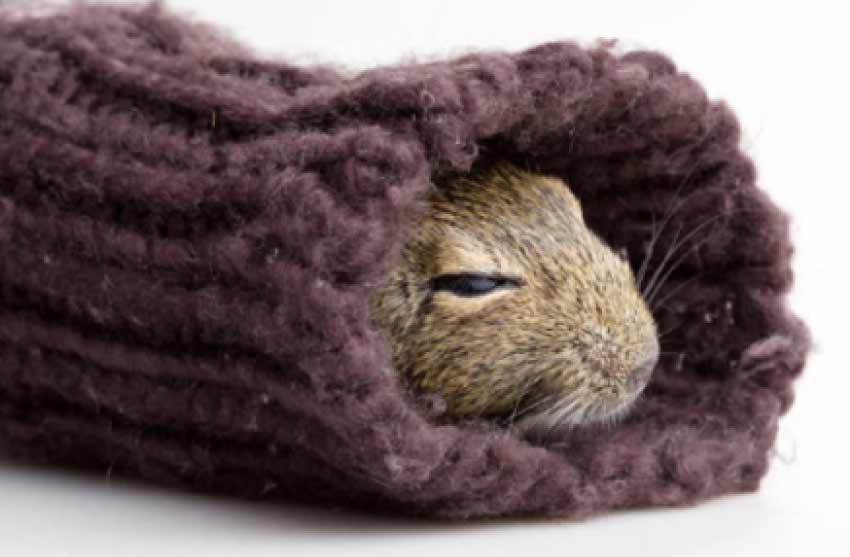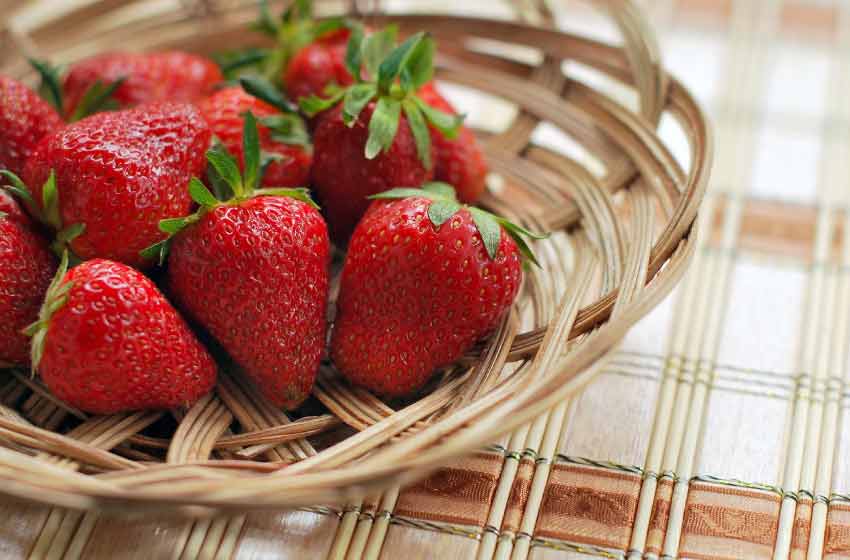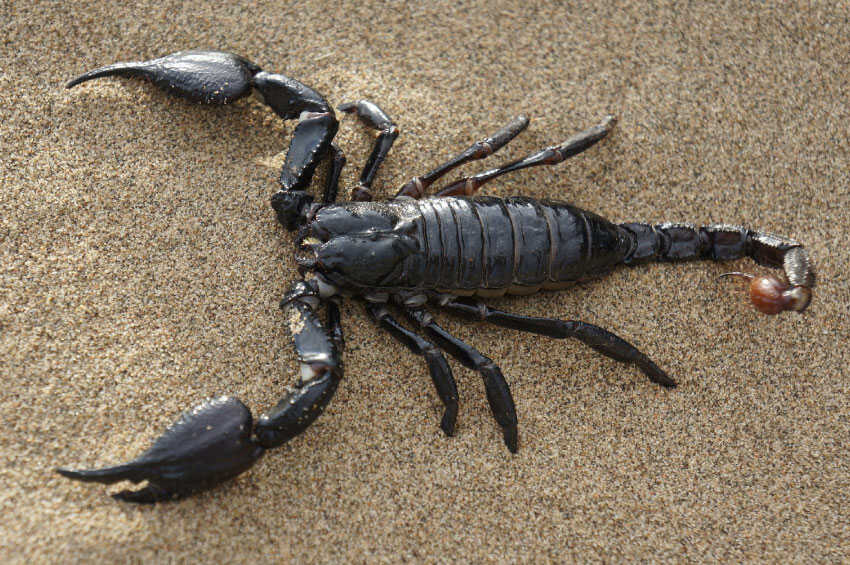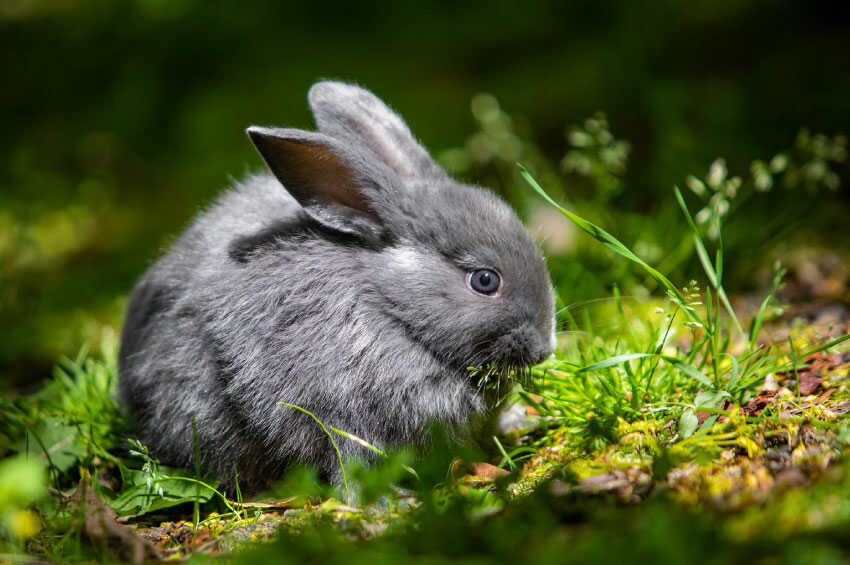
Types of Ferrets-How Many or What Different are all there
How many types of ferrets are there?
You don’t know so much about this pets. These types of pets have long bodies. But these legs are short. These are also dark masks on top of their eyes. If you want to know about separate types of ferrets as a pet. If you are looking for them. And to get ferret as a pet. He who has knowledge about different types of ferrets. He can decide the best types of ferrets are for him. Also, he can decide which types of best for his family. Only one breed of a ferret is called standard and the same ferret is called European.
In this post, we will try to cover all types of ferrets. We will also try to recognize them. In this topic, you can learn the difference between ferrets. An albino ferret, an all-white ferret, an angora ferret and a panda ferret.
Color of ferrets.
Ferrets are judged by the color of their fur. You can Judge them by three parameters- the first one is the basic color. You can judge by a pattern of color. You can classify these by mask also.
When we are thinking about the color of the ferret fur, we indicate general color. That means the color of the nose, eyes, and fur.
The AFA (American ferret association) find out several different colors and patterns that are survey breed standers for ferrets. The seven different colors and patterns are considered breed standards.
The following are the basic color of the ferrets
The following are the basic pattern of the ferrets
Standard, Siamese, solid, self, and roan.
The following are the basic pattern of the ferrets
If you figure out ferret color. What color of coat ferret is? First, you will need to identify it. Over this coat color. What pattern do they have? American ferrets are seen in domestic ferrets. They are Association list eight colors. They are following. They have a lifespan of seven to ten years. That kind of fur is white brown-black. They are 13 cm (5.1 in) tail. They are about 1.5-4 pounds weight. (Around 0.7-2kg). They are sexually dimorphic predators. Their mail is larger. And females are smaller. Almost that types ferrets 51 cm (20) average length grow up
Are ferrets domestic animals?
There are debatable domestication dates back to around 2500 years. But nobody knows the proper timing. They have been domesticated because people hunt rabbits by them.
The dimension of the ferret
You can identify three types of ferrets. They are following
1- Whippet: This ferret’s distinctive trail is, it has a small and long head. They are originally from the United State.
2- Standard: This type of ferret was once used for rabbit hunting. Because it is a sinuous appearance and is also very fast in its movement. It is a classic ferret. It is a known European ferret also.
3-Bull: This ferret has a wide head and a full chest. It has also short legs. All of the existing ferrets, this type of ferrets are the largest ferrets. It had lived mainly in Northern Europe.
Different types of ferrets or all types of ferrets
Sable ferrets
We have commonly seen this variety of ferrets. It is the most common household pet. These ferrets are brown in color. Coat’s top layers of that ferrets are a beautiful rich brown. The undercoat is these types of ferrets are lighter in color. We also see these golden colors. Again, we found these white and cream colors. All the color types of these ferrets are easily found all time.
Black sable ferrets
Dark blackish-brown guard hairs are present on the black sable ferrets. They are the white undercoat. Completely black ferrets are rarely we can see. A light color undercoat almost they have. These types of ferrets have dark brown eyes. Their nose is also nearly black. A hood like mark on its head has these ferrets. Shade and nose are the same matches this type of ferret.
Albino
Albino ferrets are white red eyes with cream-colored and pink noses or pink eyes. These ferrets have an absence of pigment. It has a solid white coat. These types of ferrets are the lightest. One thing about albino ferrets. Albino ferrets are a little bit prone. But it is not a big matter. Again albino ferrets can have yellow fur. But is not yellow ferrets. It is a normal color also. Because of the oily skin albino seems to be yellow in color. On average, albino ferrets live 8 years longer. Their character is not different from others ferrets.
Cinnamon ferrets
Cinnamon ferrets are light brown and reddish cast. These types of ferrets’ legs necks, tails, and chest are slightly darker reddish-brown colors. They can have a brick-red nose and also a pink nose. There rate to find. They are very beautiful because of their reddish-brown guard fur. Darker tails and legs make them beautiful also. The cinnamon ferret will not find commonly in pet stores because they are very rare. You can find cinnamon mitts. But they are cinnamon but they are with mitts.
Chocolate ferrets
We usually see chocolate ferrets’ brown eyes. These ferrets have brown fur. For this reason, when we see these it seems the color of chocolate. So their name is called chocolate ferrets. The chocolate ferret’s pattern is like basic sable ferrets. Their legs are darker and tails are also darker. An adult chocolate ferret is 4.4 Ibs for a length of 22 on average. Chocolate ferrets’ weight and size are like other ferrets.
Champagne ferrets
There are other kinds of ferret that are name is champagne. They are beautiful ferrets. They are diluted versions of chocolate ferrets’ color. These type of ferrets has guard color. They have a white and cream undercoat. That type of ferret has light to dark eyes. They have also a light pink or light being nose.
Blaze ferrets
This type of ferret has various colored coats. Many ferret species have white bid. Some of them have four mitts also. We can characterize them by the colored rings around their eyes. They also characterized by small.
Dark-eyed white ferrets
Dark-eyed white ferrets have dark color eyes. They can have various lighter shades in contrast and their nose can be a pink color. Their eyes also can be burgundy color. Their undercoat may be cream and white in color. These have the same color guard hairs









































































[…] Which foreign pets are legal in Washington State? […]